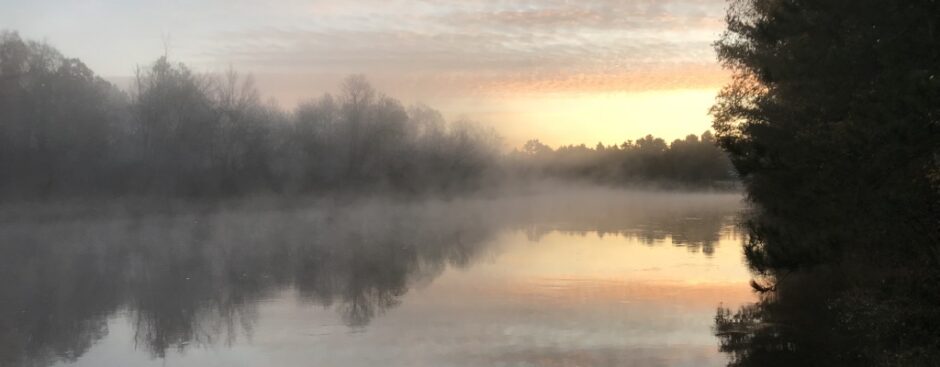
Full disclosure. I’m a personal friend of the author, Rev. Steve Schaitberger. He and I worked together to form Trinity Episcopal Church in Hermantown, MN; consolidating two smaller mission churches in Duluth and Proctor. Steve and his late wife Margaret were also pre-readers of at least one, if not more, of my novels. And, if you read the blurbs on this biography’s back cover, you’ll see I gave it a big “thumbs up” before the book was published. That said, here’s what I think.
Enmegahbowh, or John Johnson, is a Minnesota historical figure that few non-Episcopalians have ever heard of. That’s a problem since the total population of Episcopalians in Minnesota is less than 30,000, making it a tiny sect of Christianity within the state. I was once a member of that church, rising to a seat on the Standing Committee, the controlling body of the Diocese of Minnesota. I am now an ELCA Lutheran. I write this history so that you understand my connection to the subject and the off-chance my review of the book may not be entirely subjective. But, after reading this tabletop biography over the past week, I have to say that the authors do an admirable job of detailing Enmegahbowh’s life and times; they have put together an exhaustive history of the interactions between the Ojibwe and the white settlers of Minnesota. That, in and of itself, is a service to anyone interested in Minnesota Native American history. In addition, Pickering and Schaitberger paint a complete portrait of the first Ojibwe to be elevated to the Episcopal priesthood in the state, including his attributes and character flaws as part of their work. The sections dealing with Enmegahbowh’s interactions with Bishop Whipple and Rev. Gilfillan are especially detailed and illustrative.
To be fair, at times, constant references to the various treaties and negotiations between the Minnesota Chippewa Tribe and the white “powers that be” becomes a tad tedious and drags the narrative. But this is, after all, a history and a biography and as I tried to do in Mr. Environment: The Willard Munger Story, because it’s likely the only book that will explore Enmegahbowh’s life, times, and relationship to the Episcopal Church in such detail, the authors have included anything remotely connected to his story. In particular, the early sections, dealing with the history of the Ojibwe’s eastward migration and their relationship to the Dakota is very well done and is needed to set the stage for the remainder of Enmegahbowh’s life story.
In the end, and this should be no surprise, despite Bishop Whipple’s steadfast support for Native rights (though always given with a paternal, condescending manner) and his priests’ hard work, the Ojibwe people were never supported by the national government in such a way as to achieve the successful Utopian dream the Bishop expected would take hold on White Earth and other Ojibwe reservations. The authors make this sad point very clear in the concluding chapters of this exhaustive work.
4 stars out of 5. A bit redundant but a must-read for anyone interested in Minnesota Native American and religious history.
Peace
Mark


